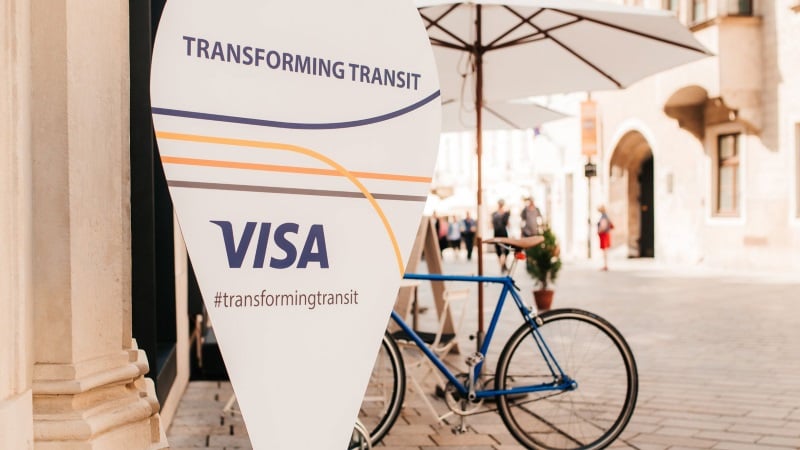Contactless transit in Central Eastern Europe: The future is happening now

The recent launch of a cutting-edge transit fare collection system in the south-western city of Wrocław demonstrates that the momentum of contactless adoption for public transport ticketing throughout the CEE region is gathering pace…
A vibrant urban centre with over 600,000 residents1 – and already a pioneer (since 2010) in deploying cashless payment methods in mass transit – Wrocław moved in March 2018 to open-loop contactless EMV ticketing solution modelled on Transport for London, where fare payment is conducted in a contactless way, by credit/debit card or smartphone, with no need for printed tickets. By the time of the Wrocław launch, the system was already in place in several smaller Polish municipalities, including Jaworzno (90,000 inhab.)2, Rybnik (140,000 inhab.)1 and Świebodzice (23,000 inhab.)3, as well as in ten Czech towns and cities, among them Děčín and, most notably, Ostrava (population: 300,000)4, which in June 2016 had more than 2,000 contactless terminals installed at its over-600 public transport vehicles5. In the period to March 2018, the contactless share of all single journeys in that city – which based its system on journey time – grew to 29%6.
Contactless adoption in CEE mass transit unlock benefits for the entire transit payments ecosystem. Just as the London system, the projects implemented in Central Eastern Europe use contactless payments to offer the best customer experience, by eliminating queues, removing worry and replacing it with one simple proposition.
In Wrocław, the terminals eliminate paper entirely: printed tickets and transaction receipts are stored digitally and, importantly, paying for travel is as simple as paying contactless in a shop – which, incidentally, is already a common experience throughout the CEE region, with contactless accounting for 76% of all Visa transactions at POS7. Although, the new ticketing system still offers choice of paying with cash at ticket offices or vending machines, impressive statistics confirm passenger endorsement of the new contactless ticketing solution. In the first two months, as many as 56% (2.8 million)8 of all single journeys in Wrocław were paid for using a contactless card or mobile device.
Several other cities in CEE are in the process of switching to open-loop contactless EMV ticketing (e.g. Bydgoszcz, Gdańsk, Świdnica, Mielec) and what’s most important many others (including Prague and Budapest) have declared their intention to accelerate transit contactless in close future.
The contactless ticketing system in Wrocław represents a sea change in payments for mass transit services. Its aim, apart from improving the passenger experience by adding contactless as a friction-free option of paying fares, is also to make tickets more accessible and reduce fare collection costs for public transport authorities.
We believe that by working together we can make everyone’s journey better
The flagship project in Wrocław and those elsewhere in CEE demonstrate Visa’s continued commitment to support the development of innovative payment solutions in mass transit. With this particular purpose in mind, we have recently launched several programmes aimed at seeking solutions that improve passengers’ experience: Visa Global Transit Solutions, Visa Ready for Transit and Transportation Centre of Excellence.
Innovative digital payment solutions in public transport are already a global trend, with Central Eastern Europe in its forefront. Looking at the projects already implemented and those ahead of us, we at Visa can honestly say that we no longer think of contactless payments in transport space in the CEE region as the future. This is happening now.
1 Source: https://stat.gov.pl/statystyka-regionalna/rankingi-statystyczne/miasta-najwieksze-pod-wzgledem-liczby-ludnosci/
2 Source: https://katowice.stat.gov.pl/vademecum/vademecum_slaskie/portrety_miast/miasto_jaworzno.pdf
3 Source: http://stat.gov.pl/vademecum/vademecum_dolnoslaskie/portrety_gmin/powiat_swidnicki/gmina_m_swiebodzice.pdf
4 Source: http://www.ostrava.cz/en/podnikatel-investor/ke-stazeni/ke-stazeni-en/FL_2017_EN.pdf
5 Source: Visa
6 Source: data presented during the Transforming Transit Slovakia event (May 10th, 2018)
7 Source: Visa, as of September 30, 2017
8 Source: Mennica Polska, May 2018